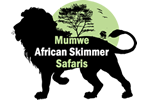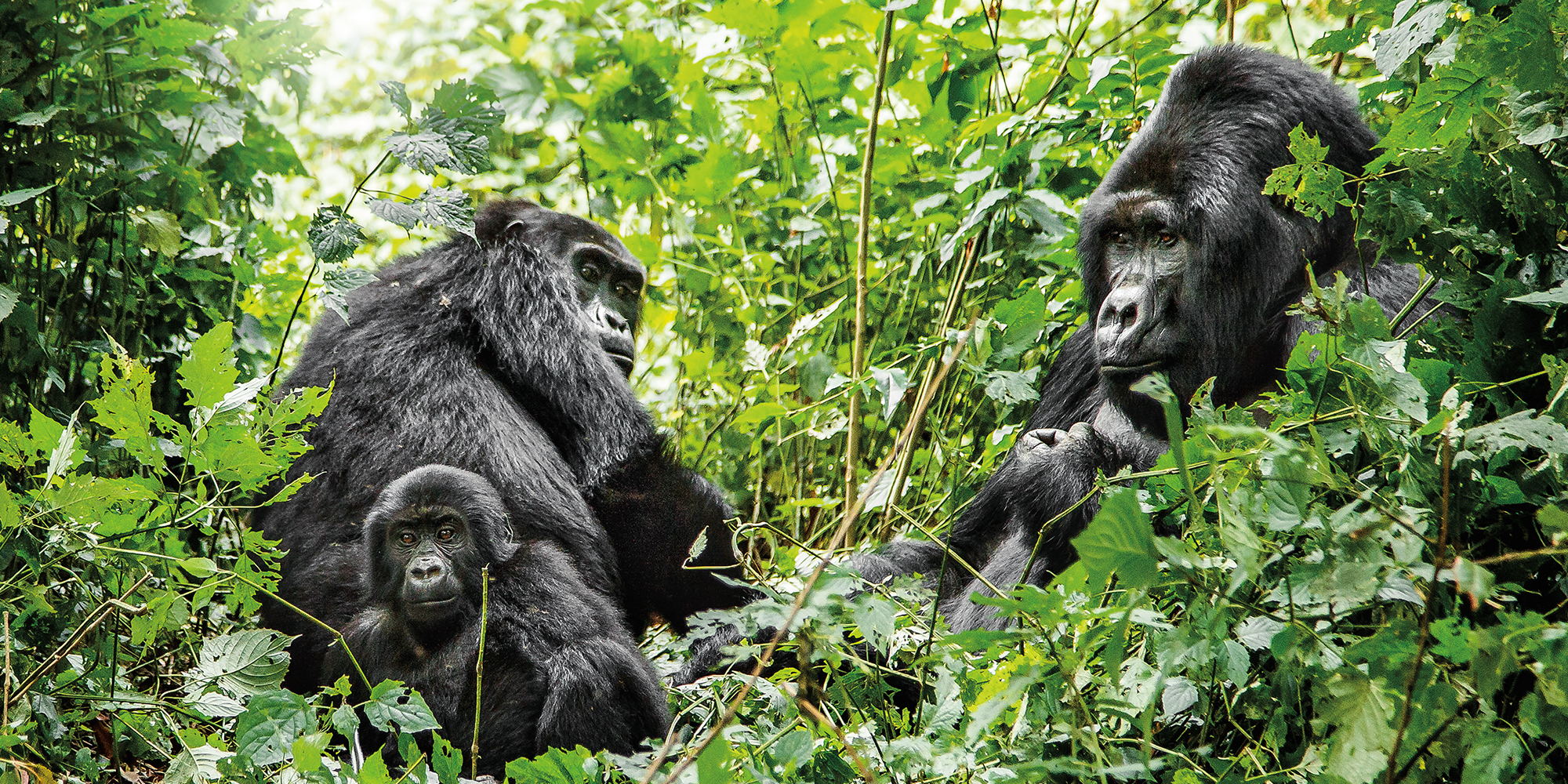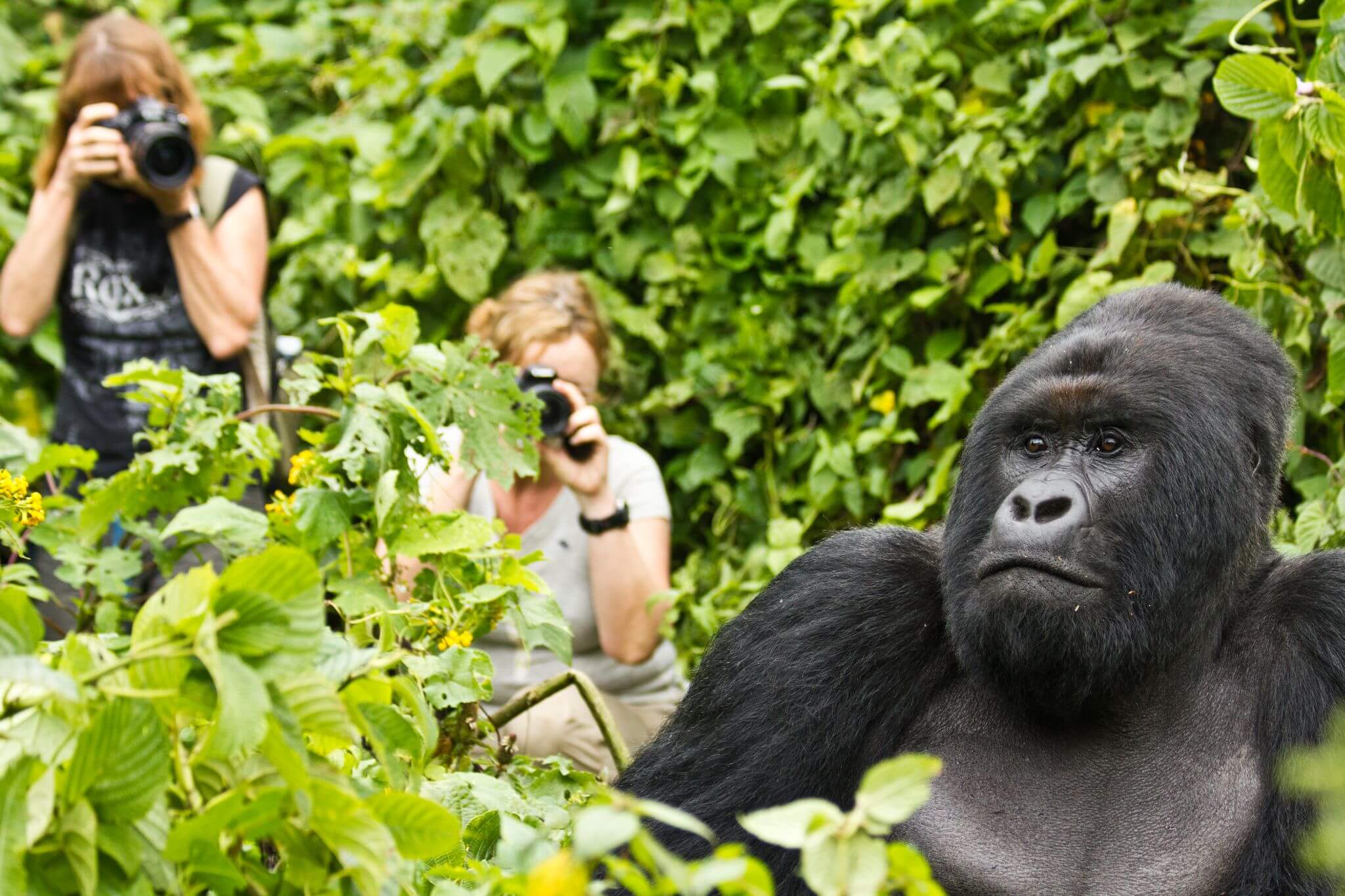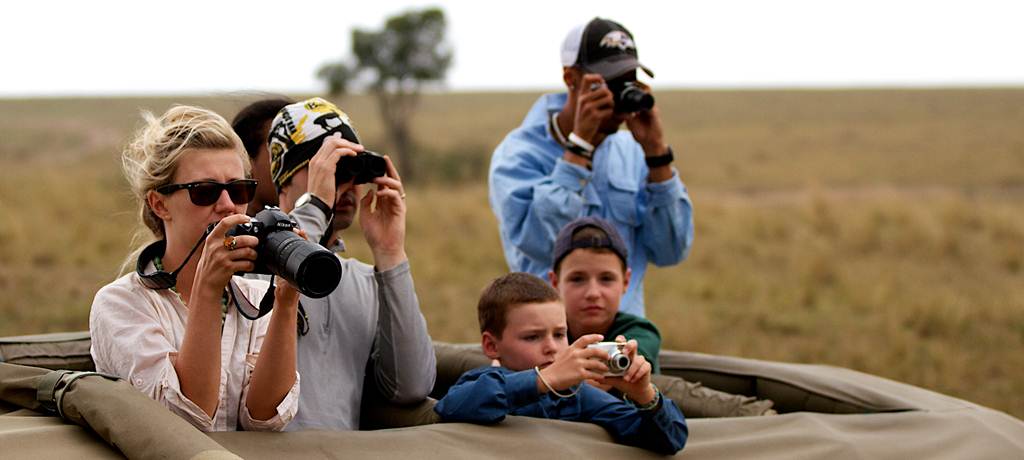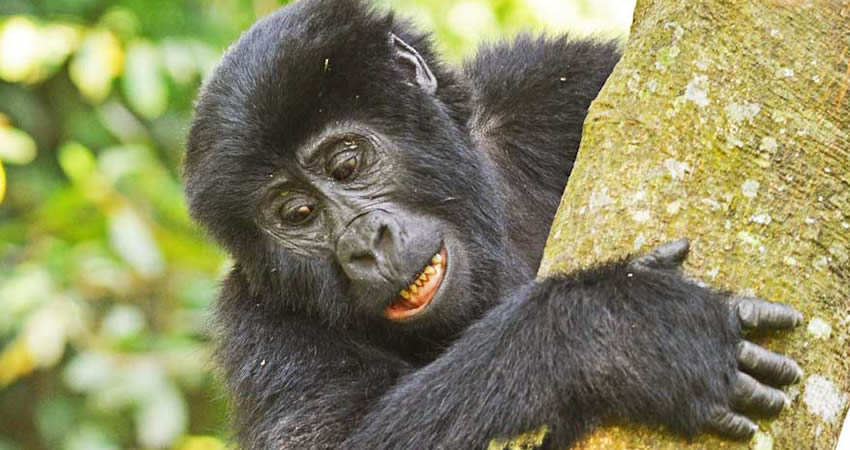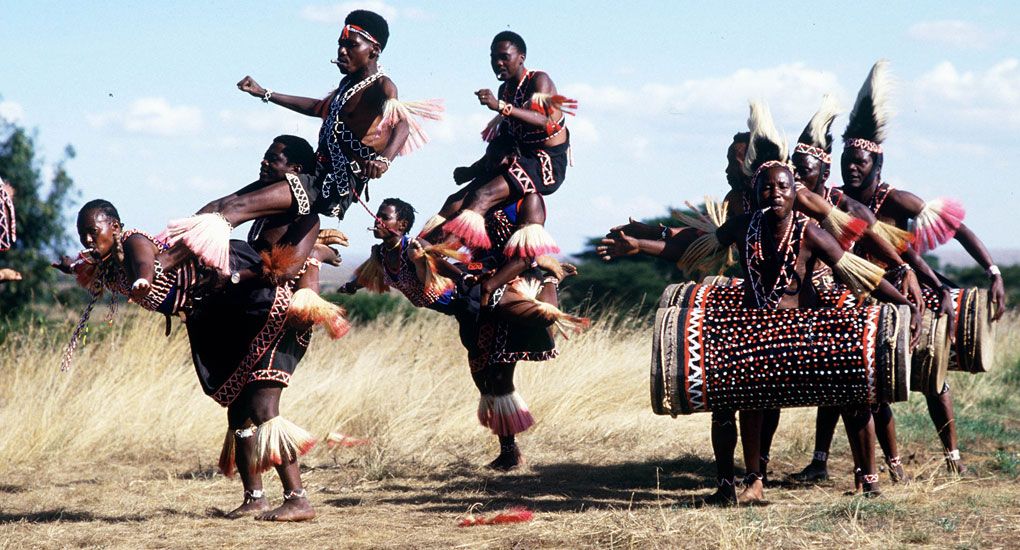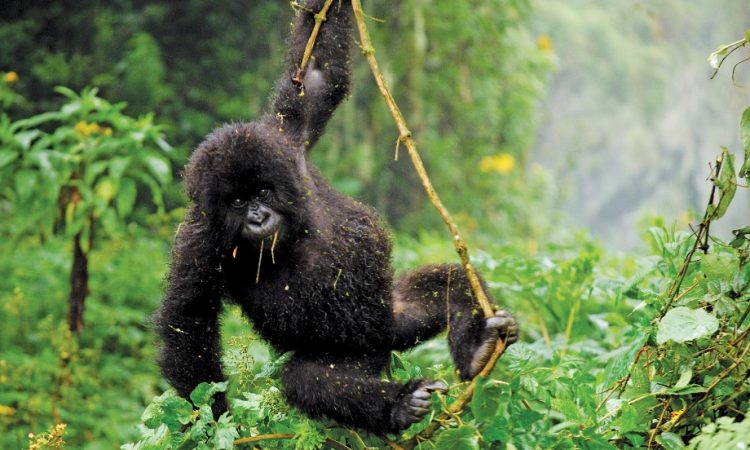
The Ultimate Guide to Gorilla Safaris in Africa
Encountering mountain gorillas in their natural habitat ranks among the most profound wildlife experiences on the planet. With fewer than 1,000 mountain gorillas remaining in the wild, these critically endangered primates draw wildlife enthusiasts to the misty forests of central and east Africa. This guide explores the premier gorilla safari destinations across the continent, providing essential information for planning this once-in-a-lifetime adventure.
Rwanda: The Premium Gorilla Experience
Volcanoes National Park
Rwanda’s Volcanoes National Park represents the gold standard in gorilla trekking experiences. Located in the northwestern corner of the country, this park protects the Rwandan portion of the Virunga Mountains, home to several habituated gorilla families.
Why It Stands Out:
- Exceptional infrastructure and well-organized trekking operations
- Relatively easier hiking conditions compared to other destinations
- High success rate for gorilla sightings (nearly 100%)
- Luxury accommodation options include Bisate Lodge, Singita Kwitonda, and One&Only Gorilla’s Nest
Practical Information:
- Permits cost $1,500 per person (the highest in Africa, reflecting Rwanda’s premium positioning)
- Volcanoes National Park is just a 2-3 hour drive from Kigali International Airport
- Ideal for travelers seeking comfort alongside their wilderness experience
- Best combined with Rwanda’s other attractions like Nyungwe Forest and Akagera National Park
Best Time to Visit: June to September (dry season) and December to February
Uganda: The Value Option
Bwindi Impenetrable Forest National Park
Bwindi Impenetrable Forest, a UNESCO World Heritage site in southwestern Uganda, hosts approximately half of the world’s mountain gorilla population across four different sectors: Buhoma, Ruhija, Rushaga, and Nkuringo.
Why It Stands Out:
- More affordable permit prices compared to Rwanda
- Multiple trekking sectors provide varied habitat and gorilla family options
- Ancient rainforest with extraordinary biodiversity (over 120 mammal species and 350 bird species)
- Authentic cultural experiences with local Batwa communities
Practical Information:
- Permits cost $700 per person
- More physically demanding treks through dense forest and steep terrain
- Can be combined with classic safari experiences in Queen Elizabeth and Murchison Falls National Parks
- Accommodation ranges from budget to luxury options like Sanctuary Gorilla Forest Camp and Clouds Mountain Gorilla Lodge
Mgahinga Gorilla National Park
This smaller Ugandan park forms part of the greater Virunga Conservation Area and offers a less crowded alternative.
Why It Stands Out:
- Home to the famous Nyakagezi gorilla group
- Often provides longer hiking experiences through stunning bamboo forests
- Opportunity to track golden monkeys in the same area
- Spectacular views of the Virunga volcanoes
Best Time to Visit Uganda: December to February and June to September (dry seasons)
Democratic Republic of Congo: The Adventurous Option
Virunga National Park
Africa’s oldest national park offers intrepid travelers an extraordinary gorilla experience amid challenging circumstances. Political instability has affected tourism in the past, but dedicated conservation efforts continue.
Why It Stands Out:
- Most affordable gorilla permits in Africa ($400)
- Unique opportunity to observe gorillas against the backdrop of active volcanoes
- Less crowded trekking experience
- Remarkable dedication of rangers and conservationists in difficult conditions
Practical Information:
- Security situations change rapidly; always check current advisories
- Nyiragongo volcano climb can be combined with gorilla trekking
- Mikeno Lodge provides surprisingly comfortable accommodation
Best Time to Visit: December to February and June to August
Essential Tips for Any Gorilla Safari
 Preparation:
Preparation:
- Book permits well in advance (6-12 months recommended, especially for peak seasons)
- Ensure adequate physical conditioning for sometimes strenuous treks
- Pack appropriate gear: hiking boots, rain gear, long pants, and insect repellent
- Bring a good camera with zoom capabilities (flash photography is prohibited)
During the Trek:
- Follow all ranger instructions carefully
- Maintain the minimum distance requirement (usually 7 meters, though gorillas don’t always respect this boundary)
- Limit your time with gorillas to the allocated hour
- Speak in whispers to avoid disturbing the animals
- If feeling ill, especially with contagious conditions, postpone your trek to protect the gorillas
Conservation Awareness:
- Gorilla tourism directly funds conservation efforts
- Permits may seem expensive but provide crucial revenue for protection and community development
- Consider adding conservation-focused activities to your itinerary
Choosing the Right Experience
Each country offers a distinct gorilla trekking experience:
- Rwanda: Choose for easier logistics, premium services, and less strenuous hiking
- Uganda: Select for better value, combining with traditional safaris, and more diverse gorilla families
- DRC: Consider if seeking adventure, budget-friendly options, and unique volcanic landscapes
Regardless of destination, witnessing mountain gorillas in their native habitat delivers an incomparable wildlife encounter that deepens one’s connection to our primate relatives and underscores the importance of their continued protection.
Sustainable Tourism and the Future of Gorilla Conservation
The success story of mountain gorilla conservation demonstrates tourism’s potential positive impact. Once facing imminent extinction, gorilla populations have increased to approximately 1,000 individuals. This achievement directly correlates with the economic value that tourism places on their protection.
As you plan your gorilla safari in Uganda, Rwand or Congo, remember that your journey contributes to ensuring these magnificent creatures survive for future generations to experience and appreciate.
